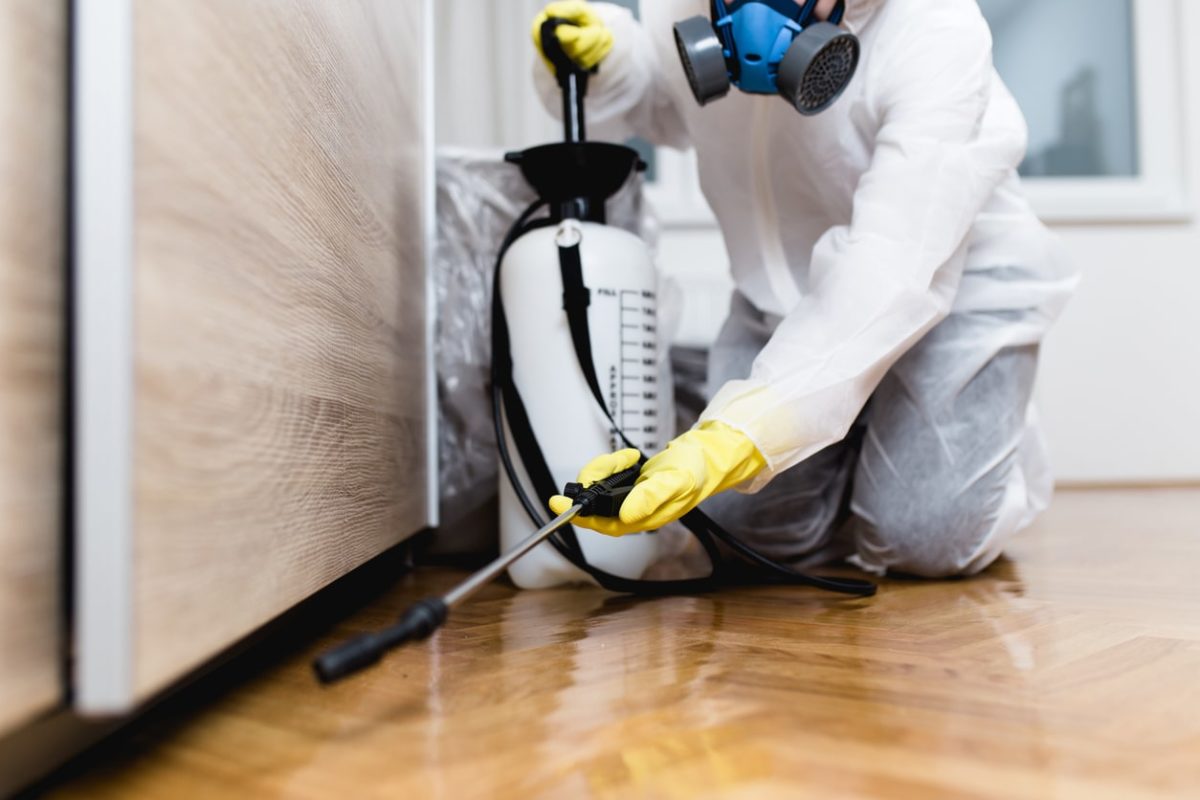Roof rats are tenacious; if they get a foothold in your home, they multiply rapidly. They thrive in the chaos of urban living and are notorious for chewing through electrical wires and insulation.
To prevent them from infesting your home, restrict access to food and nesting materials. Keep rubbish in tightly-sealed bins and clear away piles of paper and wood. Contact Roof Rat Removal Texas now!

Roof rats (also known as black rats, house rats, ship rats, or black-bellied rats) are small rodents that can climb to the top of a home’s roof and enter through vents, chimneys, and attics. They also nest in trees and shrubbery. If you suspect a roof rat infestation, it’s important to take prompt action. These rats can carry diseases and cause damage to your home, so it’s best to get rid of them quickly.
Snap traps are one of the most common and effective ways to catch roof rats. These non-toxic traps use bait, such as dried fruit or nuts, to lure rats in and then snap down on the animal’s neck, killing it instantly. They are easy to set and disposable, making them safe for children and pets. However, it’s important to be careful when handling the traps because the metal bar snaps down with force and could hurt children or pets if they get close enough.
Besides using traps, you can help prevent a rat infestation by blocking any gaps or cracks around your house. You can use caulk to seal up gaps around the exterior of your home, and you can install metal screens over chimneys and vents. Additionally, you can store food in airtight containers and clean up crumbs or scraps that rats might find. Dense shrubbery, overgrown bushes, and vine ground cover can also provide hiding places for rats. Keep the bushes and branches on or near your home trimmed, and cut back any vines that might be climbing onto your roof.
Another option for catching roof rats is to use electronic traps. These devices have a high-voltage shock that effectively kills the rats. They are safer for children and pets than traditional snap traps, and they have a built-in indicator that shows when a dead rat has been killed. Additionally, these traps are reusable and can be used indoors or out. You can purchase them at most hardware stores or online. Just be sure to read the directions for each model before using it. Many require electricity to work, so it’s important to place them away from cords or other electrical items that might come in contact with the device and create a fire hazard.
A more humane option, electronic traps deliver a quick and painless death by electrocuting the rodent. Designed with a safety cover, they can be used in homes with children and pets. Some models also feature a light that indicates when the trap has been successfully activated. In addition, many have dual infrared sensors and are capable of detecting multiple rats simultaneously.
While there are a number of different types of electronic traps available on the market, they all work in essentially the same way: when the sensor detects a rodent, it delivers an instantaneous electric shock that is enough to kill the animal instantly. In addition to eliminating the need for poisons, these traps are often more effective than glue or live traps, which require homeowners to constantly empty and potentially interact with the dead rats.
Rats are opportunistic creatures, and will take shelter anywhere they can find food, water, and warmth. They are able to climb into attics, roofs, and walls due to their strong muscular legs. These pests can cause significant damage in your home, both structurally and electrically. They can chew through the shingles or flashing on your roof, causing leaks and water damage. They can also chew through water pipes, resulting in bursts and flooding.
In addition to causing structural damage, a rat infestation can lead to serious health problems. Rodents can carry and spread a number of diseases, including leptospirosis, rat bite fever, plague, and food poisoning. Their urine and droppings can also make humans sick.
The best way to prevent a rat problem is to eliminate their sources of food and shelter. This includes removing debris, brush and vines that provide harborage for the rodents, as well as clearing out trash cans and pet dishes. You should also keep all rubbish in tightly-sealed bins, such as wheelie bins. Additionally, you should store garbage out of sight and keep food scraps in sealed containers.
If these measures do not prevent a rat invasion, it is recommended to call a professional rat control service. An exterminator will have the skills, tools and experience necessary to get rid of these tenacious pests quickly and effectively.
The best way to get rid of rats is to prevent them from getting into your home in the first place. Since roof rats are great climbers, they can gain entry into homes through the smallest openings. Eliminating foods that can attract rats and eliminating clutter can help reduce the risk of a rat infestation. Store all food products in airtight containers and remove trash regularly. Also, trim trees and shrubs that hang over your roof. Rats can easily use the branches to enter your house through cracks and gaps in eaves, fascia boards, and shingles.
Another way to detect a roof rat infestation is to look for signs of chewing and gnawing in walls and throughout the house. Rats gnaw on everything they can reach, including electrical wires. If you find evidence of gnawing or scratching in your walls or ceiling, inspect the surrounding areas for a nest. Rats are able to make their nests in small, hard-to-reach places like cavity walls and crevices, as well as voids under sinks and appliances. The presence of a rat nest can be confirmed by dark droppings and a strong, stale odor.
Once you’ve determined a rat infestation, a pest control professional can help with trapping and exclusion. Snap traps (with steel bars that snap down on the rodent’s neck) are among the most popular and effective methods for catching roof rats. Glue traps and electronic traps are also available for a more humane approach, though these options can be ineffective if not properly monitored and baited.
If a rat problem persists, you should call a pest control specialist for more intensive trapping and exclusion work. A pest control specialist will start by finding out where the rats are hiding during the day and night so they can create bait in the most likely locations. They may also set up outdoor bait stations with larger amounts of bait to reduce re-infestations in the future.
After trapping and exclusion, a pest control professional can also help with prevention by sealing off common points of entry in your roof. This includes repairing any holes or cracks that are large enough for rats to squeeze through, installing metal screens and cages over chimneys and vents, and blocking gaps under sinks and appliances.
Rats breed very quickly and are capable of spreading an infestation with little warning. If left unchecked, these rodents can cause significant damage in the home and create a health risk for the inhabitants of the property. This is why it’s so important to act quickly and hire a professional to take care of the problem right away.
Rats in the attic cause a wide variety of damage to a house and can lead to serious health issues. They can chew through insulation and electrical wires, leaving them exposed and creating a fire hazard. They will also gnaw through personal belongings, destroying items like photographs, soft furnishings, and Christmas decorations. They can also ruin food packages in the pantry and leave chew marks on walls and ductwork.
Getting rid of rats once they’re in the attic can be difficult and time-consuming, but it’s essential to get them out before they start breeding. A pest control expert can help you identify potential entry points for these critters and implement an exclusion plan to keep them out for good.
Roof rats are notorious climbers and adept at scaling walls and tree limbs to hop onto rooftops. They can also squeeze through gaps and holes as small as one-fourth of an inch, so sealing any entry points is a crucial step in keeping them out.
A professional can inspect your attic for signs of a rat invasion, including droppings and tunnels. They can also advise you on how to eliminate any potential attractants, such as outdoor trash bins or compost piles.
If you think you have a rat problem in your attic, call Critter Control right away to schedule a free inspection. Our wildlife and pest control experts can develop a preventative plan to help you avoid a rat infestation, saving you money on repair costs and preventing potential health risks for your family.
Rats are dangerous to have in your attic and wall cavities, because they can cause costly damage to your home and even be a fire hazard. They can also spread diseases such as rat-bite fever and jaundice. Their constant gnawing also creates an unpleasant squeaking sound that can disturb you while you’re trying to sleep.
